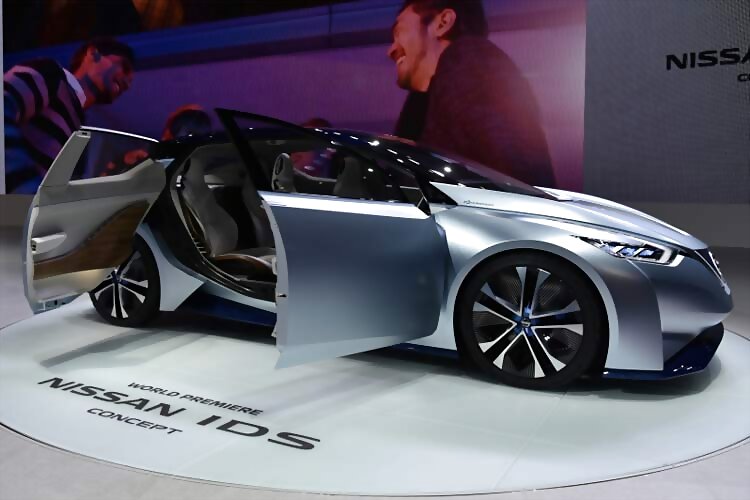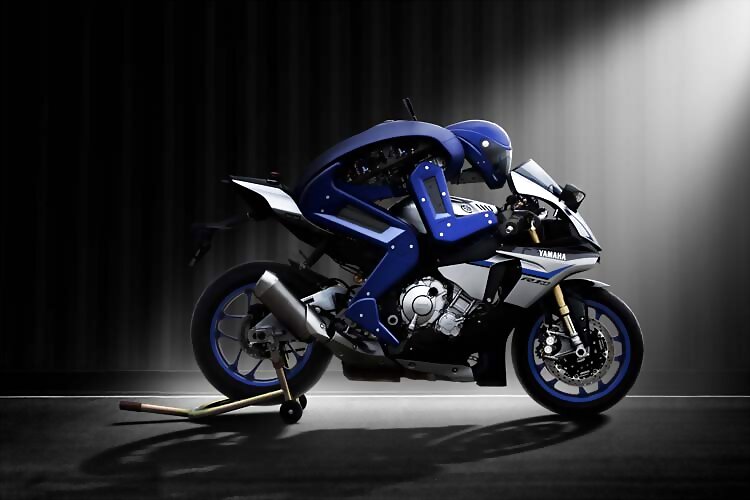
views
From self-driving living rooms on wheels to robots capable of taking a motorbike around a race circuit, this year's event has provided the clearest indication yet of how Japanese carmakers perceive the future of personal mobility.
At every major motoring event in 2015, Mercedes-Benz has rolled out a market-specific conceptual take on the future of personal mobility, and Tokyo proved to be no exception.
The Vision Tokyo concept is an exploration of time and comfort, the two things that the company believes will be revolutionized the most by the advent of autonomous cars in the premium sector.
As such the car, which looks like an aerodynamic minivan, is meant to be the ultimate mobile living space for the next generation of car owners.
"The Mercedes-Benz Vision Tokyo embodies the concept of an automotive lounge for a future generation of megacities. The purity and sensuality of the Vision Tokyo's styling defines a new interpretation of modern luxury," said Gorden Wagener, Head of Design at Daimler AG.
As one of the early pioneers of autonomous driving technology -- a host of next-generation driver aids are already standard equipment on its current cars -- Mercedes can indulge itself with these flights of futuristic fancy.
Drivers at the center of the solution
However, for the Japanese carmakers, this year's event is the first where they have clearly iterated their own autonomous driving plans.

Nissan presented its autonomous driving vision as one where man and machine work together. "In every situation, it is about giving the driver more choices and greater control. And the driver will remain the focus of our technology development efforts," said company CEO Carlos Ghosn. "Nissan Intelligent Driving improves a driver's ability to see, think and react. It compensates for human error, which causes more than 90% of all car accidents."
It is a vision shared by Honda. "When we can realize automated driving, our vehicles' ability to avoid dangerous situations and assist the driver will be further increased," Honda President Takahiro Hachigo said during his company's press conference.
Looking ahead to 2020
Japanese carmakers also agree that ultimately the whole of society will decide if and when autonomous cars become an everyday reality. Nevertheless, alongside Nissan and Honda, Toyota and Subaru have also made it clear that their immediate aim is to have production models on the road, complete with semi-autonomous features by 2020.

But it's not just carmakers. At this year's show, Yamaha is showing off its Motobot, a humanoid robot capable of riding a motorbike. The company's goal is to create a robot that can manage the throttle, clutch, gear change and brakes on an unmodified bike, on a track, at speeds of up to 200km/h. The idea is that testing bikes will be safer with a robot but, more importantly, Motobot could help accelerate the development of active safety and even semi-autonomous systems on future generations of superbike.


















Comments
0 comment